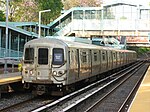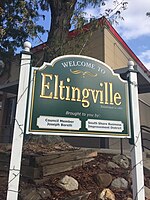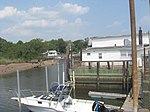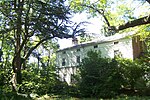Hylan Boulevard

Hylan Boulevard is a major northeast-southwest boulevard in the New York City borough of Staten Island, and the longest street in a single borough in the city. It is approximately 14 miles (23 km) long, and runs from the North Shore neighborhood of Rosebank, then along the entire East Shore, to the South Shore neighborhood of Tottenville. It was renamed in 1923 for New York City mayor John F. Hylan, before which it was known as Southfield Boulevard and the northern segment as Pennsylvania Avenue.Hylan Boulevard is one of Staten Island's busiest thoroughfares, carrying over 44,000 vehicles per day. The increased volume, built up over decades, has resulted in the road becoming New York City's newest "Boulevard of Death" according to Transportation Alternatives.
Excerpt from the Wikipedia article Hylan Boulevard (License: CC BY-SA 3.0, Authors, Images).Hylan Boulevard
Hylan Boulevard, New York Staten Island
Geographical coordinates (GPS) Address Nearby Places Show on map
Geographical coordinates (GPS)
| Latitude | Longitude |
|---|---|
| N 40.54585 ° | E -74.142119444444 ° |
Address
Hylan Boulevard 4
10308 New York, Staten Island
New York, United States
Open on Google Maps









